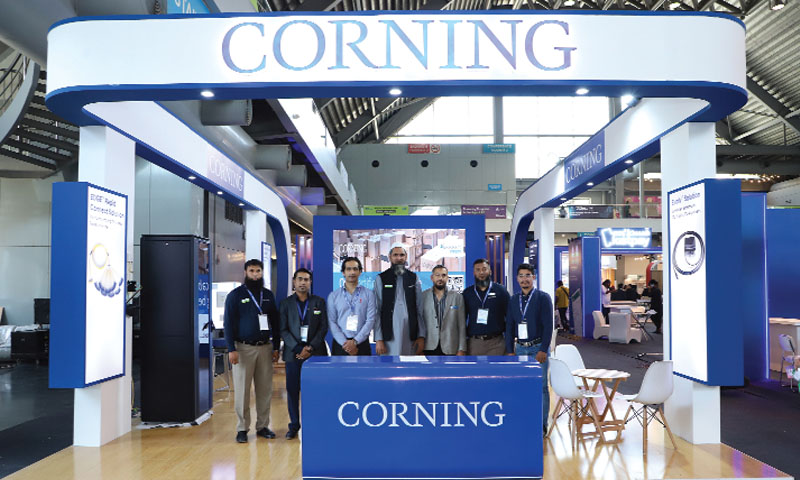Digitalization and the trend towards an ever more deeply networked world has been building for more than 20 years, yet we’re still only at the tip of the iceberg. Smart buildings, Industry 4.0, and M2M communications are just a few of the drivers, as well as the growing influence of the Internet of Things (IoT).
While the hybrid working models that so many businesses adopted throughout the pandemic are likely to persist, we’re also experiencing an impetus to make sure that offices are fit-for-purpose to enable a more collaborative and productive workforce – not only now, but for years to come. The latest forecasts from the Cisco VNI Report predict that the number of IP-capable end devices will double by 2030 – a good proportion of these end devices will be integrated into the infrastructure via radio protocols such as Wi-Fi.
Real-time applications that require data to be processed at the edge of the network are forcing companies to move data workloads deeper into the network.
This means enabling employees to always have a reliable connection to the network, regardless of device, and for office environments to have infrastructure that will still be stable enough to accommodate the proliferation of IoT devices in our buildings. With the advent, as well, of real-time applications that require data to be processed at the edge of the network – such as security, telecoms, life-safety, and building automation systems – companies are being forced to move data workloads deeper into the network.
In particular, IP cameras and security devices are now widely used indoors and outdoors, but may not be located near existing telecom rooms or a PoE-based switch. This can overwhelm an exclusively twisted-pair infrastructure with copper cables in terms of the distance, bandwidth, space requirements and flexibility needed. Traditional structured cabling requires a large number of cables in the horizontal path, leading to increased complexity, also taking into account the convergence of networks and integration of building services, which is difficult to manage over time.
Fiber to the Edge (FTTE) is ideal for businesses that require high capacity and flexibility in their office network. Fiber offers scalable bandwidth, low latency, and the reach and flexibility needed to meet the demands of applications such as next-generation Wi-Fi, high-availability A/V and 5G within a single building or on a large campus. While most office environments won’t need Wi-Fi 7 – which should be on the market in the next 1-2 years – for quite some time, Wi-Fi 6E is starting to become more widely adopted and offers an extension of this standard to the 6 GHz band, significantly reducing network congestion.
For more information on these solutions please visit www.corning.com/everon/emea






